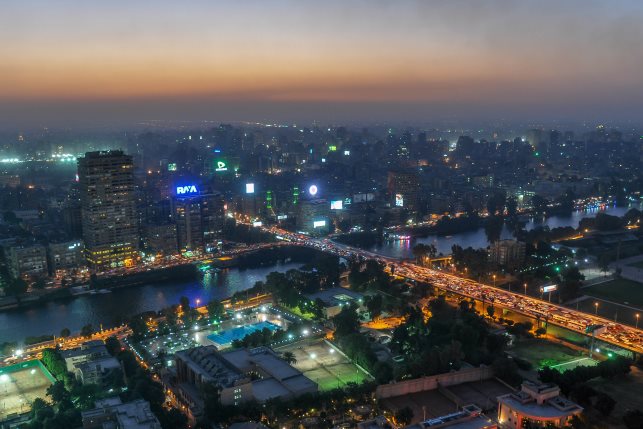Egypt to allocate land in West Sohag for $9B wind energy projects
The two wind energy projects are set to have a combined capacity of 8 gigawatts

Egypt's Prime Minister, Mostafa Madbouly, witnessed the land allocation documents signing ceremony for two wind energy projects in the West Sohag region. Foreign direct investments for these projects are estimated to reach approximately $9 billion.
The two wind energy projects are set to have a combined capacity of 8 gigawatts.
The first project, with a targeted capacity of 5 gigawatts, will be spearheaded by SCATEC, while the second project, aiming for 3 gigawatts, will be implemented by an alliance led by Orascom Construction. The projects will be developed in multiple stages in collaboration with the New and Renewable Energy Development and Utilization Authority, utilizing the Build-Own-Operate (BOO) system.
The Minister of Electricity and Renewable Energy, Mohamed Shaker, and the Norwegian Ambassador to Egypt, Hilda Klemitsdal also attended the signing ceremony.
The signing was carried out by the CEO of the New and Renewable Energy Utilization and Development Authority, Mohamed Al-Khayyat, the CEO of Norwegian SCATEC ASA, Terje Bielskog, for the first project, and the CEO of Orascom Construction, Khaled El-Dajjawi, for the second project.
The consortium of investors includes ENGIE’s subsidiary Kahrabel, and the Japanese company Euros Energy Holdings.
These investments were initially agreed upon through memorandums of understanding signed during the COP27 conference in November 2022, between the developers, the Egyptian Electricity Transmission Company, and the New and Renewable Energy Authority.
The Electricity and Renewable Energy Minister said that immediate site studies, technical assessments, and environmental impact evaluations will commence after the land handover, paving the way for the construction phase.
Shaker also highlighted that these projects align with Egypt's energy sector strategy, which aims to increase the share of renewable energy sources in the energy mix to 42% by 2030. Additionally, the projects are expected to reduce approximately 17 million tons of carbon dioxide emissions annually and create around 18 thousand direct and indirect job opportunities.





